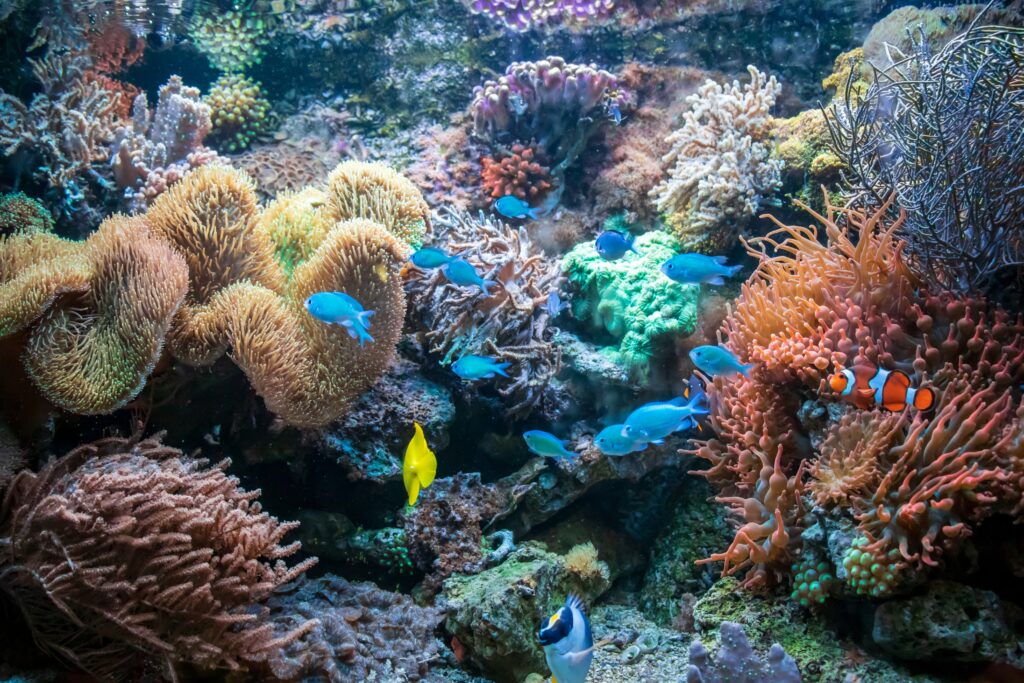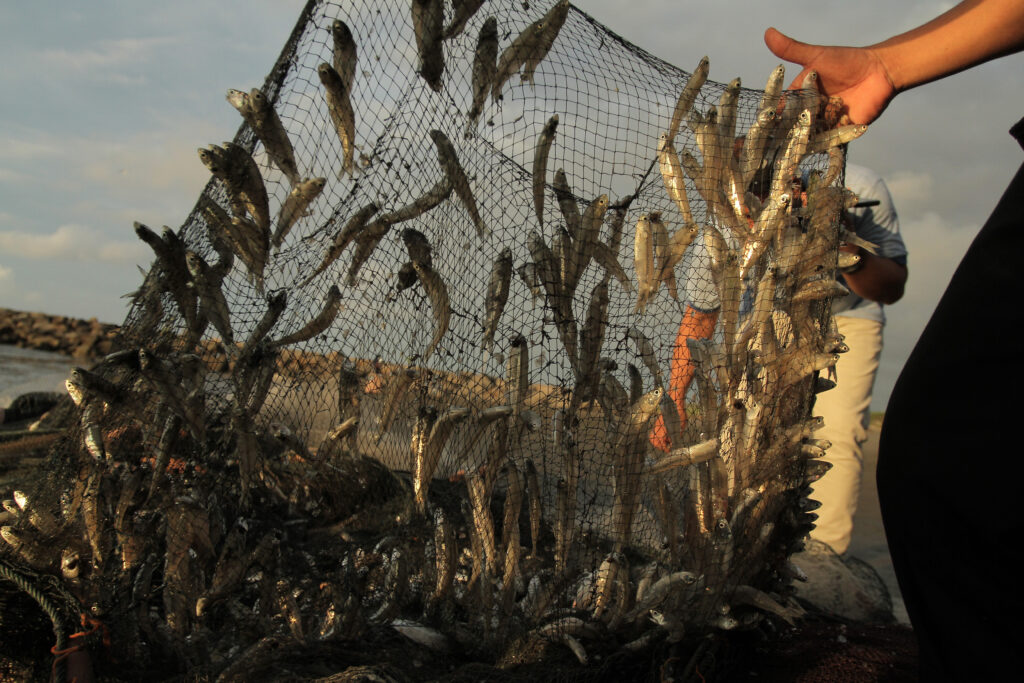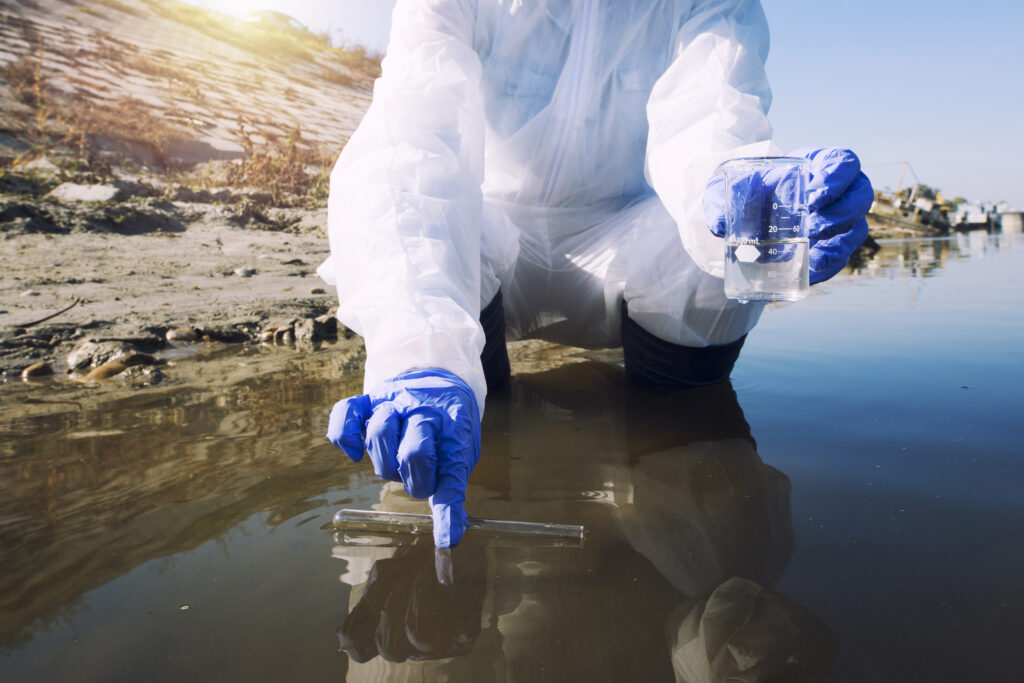Mission Blue uses several key criteria to evaluate whether an area should be designated as a Hope Spot. These criteria ensure that Hope Spots are places that can make a real difference in ocean conservation.
Here are the main criteria to consider when evaluating an area:
Biodiversity
Does the area have a high level of biodiversity? Does it support rare or endangered species or essential habitats?

Importance to the Local Community
Is the area important to local people? This could mean the area is vital for fishing, tourism, or cultural reasons.

Threats and Urgency of Protection
Is the area under threat from human activities? This might include overfishing, pollution, habitat destruction, or climate change.

Scientific and Conservation Potential
Can research or restoration projects help improve the health of the area?

If you are interested, take a look at Mission Blue’s full list of nomination guidelines.
ACTIVITY: RESEARCH A LOCAL AREA
Now, let’s apply these criteria to a local coastal or marine area. Think about places near you that might meet some of these criteria.
Start by considering:
- What marine species are found in the area? Is there a rich variety of life?
- Are there human activities threatening this area? What are they, and how severe are the threats?
- How do local communities interact with this ecosystem? Is it important for fishing, tourism, or culture?
Tip: You may also use these criteria to evaluate an area on land if you are landlocked!